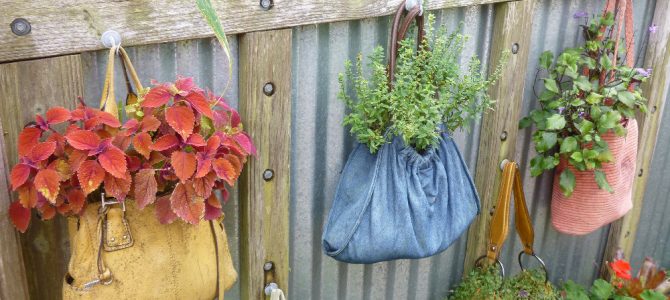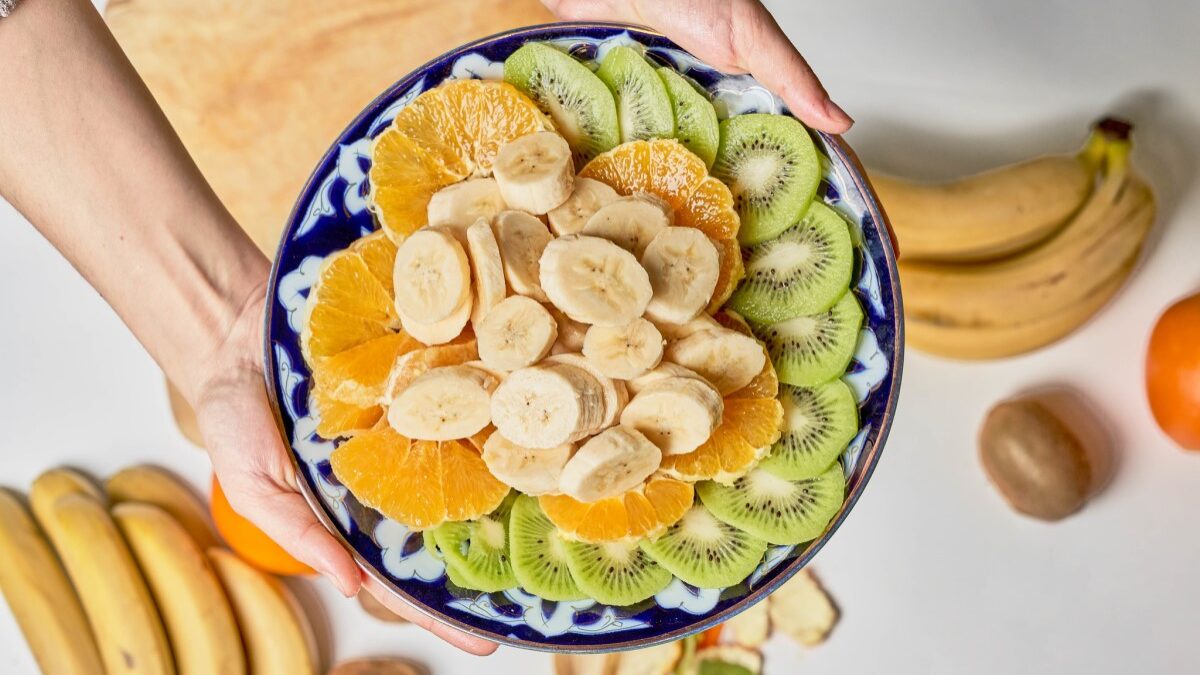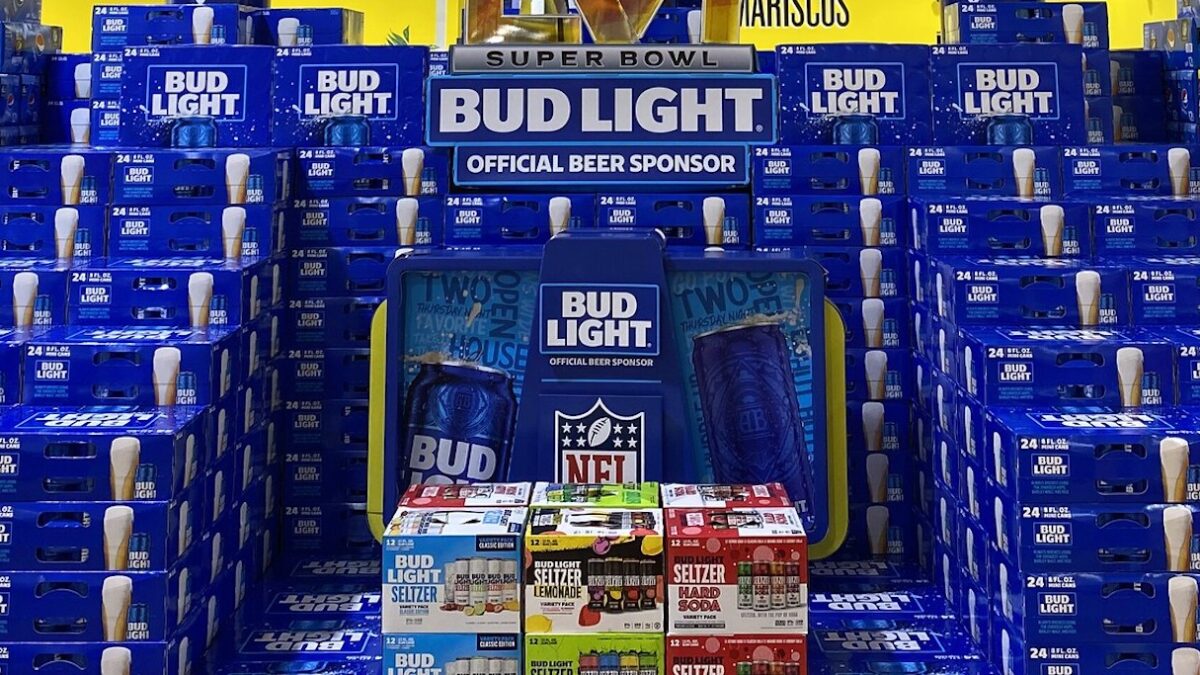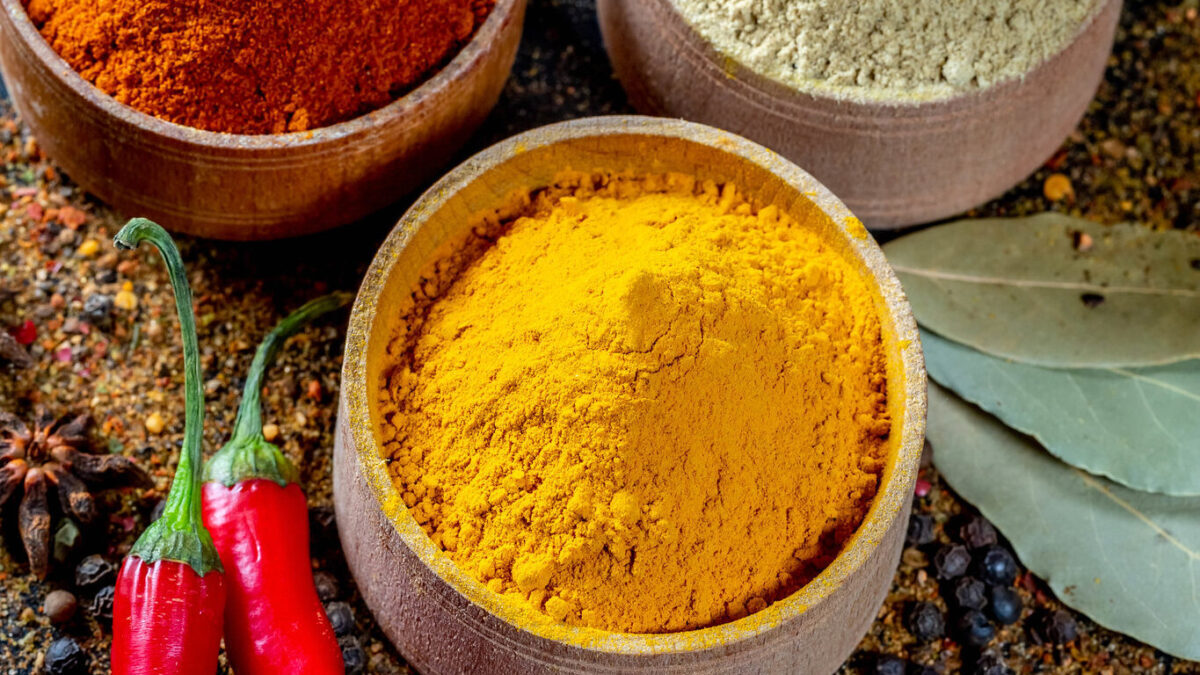
Nothing tastes better than fresh food. That’s why the “farm to table” movement has been so successful in the past decade. People want their food to look and taste fresh. Many people want to know where their food comes from, sometimes to an obnoxious degree, as mocked expertly by “Portlandia.”
The best way to get farm to table food on your plate is to grow it yourself. The human race has been cultivating crops for millennia, but many people find growing their own food to be a foreign concept. In truth, it’s not that hard. Whether you have a big yard or just a window sill, growing herbs, veggies, or fruits is really quite easy.
Back when HGTV was actually about gardening, plenty of shows walked viewers through the basics of prepping an area, planting some seeds, and tending a garden to produce whichever edible they wanted. Nowadays, that network is full of overly energetic people flipping or renovating houses while plugging their personal brands. It’s a mess. Instead you can now turn to YouTube, other sites on the Internet, or just go ask an expert at Home Depot, Lowes, Ace, or a local nursery. If that’s a little intimidating, here’s a quick guide.
Pick a spot. My back yard is about half an acre, so finding room for a garden is easy. We have a space that’s about the size of two king-size beds built up off the ground, surrounded by a rock retaining wall. If you live in a smaller yard, it’s still easy to find some space. Even if it’s just a small spot, maybe three feet by five feet, you can still plant a few things.
If you live in an apartment and can only spare a window sill or some counter space, don’t despair. You can still plant a few herbs—maybe some mint, basil, and parsley—in a small container. You can use all those herbs regularly, whether in food or cocktails.
Prep your space. I’ve spent the last few days pulling any winter weeds, reloading the garden with some fresh soil, and laying down a weed barrier. Next I’ll run a drip line. Then we’ll be ready for planting. If you’re doing a smaller space, like a little raised box garden, or something in your home, all you need to do is fill in some good soil and you’re ready to go.
Choose what to plant. What do you like to eat? How much time do you have? How big is your space? What grows well in your area? All of those are questions you need to answer before you start planting. If you’re using a small space for your garden, think about planting herbs, like cilantro, mint, basil, thyme, or rosemary. If you have a bigger space, find some tomatoes that grow well in your area. Those are versatile enough to work in just about any recipe, and with so many varieties, you’re guaranteed to find some you love that you can grow. If you’re a fan of peppers like me, they’re also easy to grow and are great for pickling (a whole other article for later).
Feed your soil. You should use the best soil you can find. There are plenty of options at any home improvement or gardening store, so get something that’s rich in the nutrients your plants need and fits within your budget. Also, use some fertilizer. There is fertilizer for flowers and fertilizer for your garden. Choose wisely.
Be sure to water regularly. If you have a big space, lay a drip line, put it on a timer, and you can forget about it. If your space is smaller or inside, put a reminder in your phone to let you know your plants need some water.
Protect against weeds. If your gardening space is outside, it is vulnerable to weeds. Lay down a weed barrier on top of your rich soil, then cut holes for your seeds or plants and they’ll grow just fine, while leaving the weeds stuck beneath the barrier.
Cheat. Most people don’t have time to grow a garden from seeds, and that’s totally okay. Use the pre-grown starter plants you can get at any gardening or home improvement store. Let someone else do the hard work of getting it started, then you can focus on growing and harvesting.
Enjoy the fruits of your labors. Depending upon what you plant and the season, you might have to wait a while for your produce, or it might be available in just a few days or weeks. Then use what your harvest. Find food or drinks that use what you’ve grown. If you have extra, think about pickling, preserves, or giving it to your friends and family. Don’t let it go to waste.
With some preparation, a little effort, and a touch of love, it’s easy to grow your own food. “Garden to table” will give you a whole new perspective on what you eat, and add a freshness to your food you just can’t get any other way.









